Veiled chameleons are easily recognizable reptiles that are commonly kept as pets. They are named for the triangular protrusion on their heads, which is known as a “casque.” Both males and females have casques, and they are relatively similar in body size, but females are slightly stouter. The namesake casque continues to grow throughout the chameleon’s life, and can be as much as two inches long. Read on to learn about the veiled chameleon.
Description of the Veiled Chameleon
These chameleons can grow up to 24 in. long from head to tail. They have triangular casques growing from their heads, which are larger on older adults. When they are young, these chameleons are light green, but eventually gain the ability to change color as they age. Adults can be any variety of green, yellow, white, red, tan, orange, or even blue. Their coloration can be patterned with bands or mottling as well.
Interesting Facts About the Veiled Chameleon
Chameleons are incredibly interesting reptiles, with amazingly specific adaptations that help them survive. Including some that work differently than you may think!
- Color Change – It is a common misconception that chameleons use their ability to change color as a form of camouflage. In reality, these reptiles alter their color for a number of reasons. Mostly, color change is an indication of social status and heightened emotions. More dominant males are more brightly colored, particularly when defending territories.
- Projectile – Perhaps the most well-known chameleon feature is its long, sticky tongue. The tongue is equipped with a suction cup-like protrusion, which adheres to prey. This creature’s tongue can be nearly twice the length of its body, and this helps it capture prey from far away.
- Arboreal Living – Veiled chameleons live their lives in the treetops, hunting for insects and other small prey. A fall from such heights could be extremely dangerous or fatal to the chameleon. To help keep them safely in the treetops, these lizards have opposable toes quite similar to our thumbs! This helps them grip much more efficiently than some other creatures.
- Fifth “Foot” – When all else fails, just use your tail! Veiled chameleons have prehensile tails that they can control and use to grip tree branches. This gives them an extra grip on the environment around them to help prevent falls.
Habitat of the Veiled Chameleon
Across their range, these chameleons will live in a variety of habitat types. They can be found in mountains, valleys, plateaus, and more. This species prefers warmer temperatures, and must live in areas with vegetation for them to live in. They are arboreal, which means they live up in the trees, rather than on the ground. Most chameleon species are arboreal in nature.
Distribution of the Veiled Chameleon
This chameleon species is native to a small range in the Arabian Peninsula. They can be found through Yemen and Saudi Arabia, in areas that support their preferred habitats. As a popular pet species, they also reside in households virtually worldwide. This has actually caused them to become an invasive species on the island of Maui in Hawaii, as well as some parts of Florida.
Diet of the Veiled Chameleon
While most people picture chameleons munching away on insects all day, this species is actually omnivorous. This means that they will feed on both animals and plants. It is not uncommon for this species to eat plant matter, which can be a good source of water. They also eat a wide variety of insects and other invertebrates, including flies, praying mantis, spiders, beetles, and more.
Veiled Chameleon and Human Interaction
Humans interact with these reptiles quite frequently. In fact, they are the most widely owned chameleons in the pet trade. Thankfully, they breed easily in captivity, so wild specimens are not commonly captured. This means that the wild populations are stable, and not threatened by capture for the pet trade. They do pose a problem as an invasive species in Hawaii and Florida, where they eat, and outcompete, the native wildlife.
Domestication
These reptiles breed very easily in captivity, and can be selectively bred for docile behavior and color. They are not, however, domesticated in any way, and are considered exotic pets.
Does the Veiled Chameleon Make a Good Pet
Yes, these chameleons can make great pets with proper care and handling. As always, reptiles can be fragile and should not be handled by small children without extreme supervision.
Veiled Chameleon Care
This species can be very docile, and even appear to enjoy being handled by their owners. Of course, it takes time and lots of gentle handling to acclimate the animal properly. It is important for their enclosure to have lots of vertical space for climbing, and plenty of branches and vines.
As arboreal creatures, they require a wide variety of foliage and climbing opportunities to live comfortably. Individuals can have different “favorite” food items, including crickets, mealworms, cockroaches, silkworms, and more.
Behavior of the Veiled Chameleon
These reptiles are highly territorial, particularly dominant males. They are solitary, and will patrol and defend their territories to protect them. Territories are very important, as they provide a reliable source of food for the chameleon.
The better the territory, the more likely the animal will survive, and the more likely it will attract a mate. Veiled chameleons use color to assert dominance and communicate with one another. Brighter colored animals are more dominant than duller colored individuals.
Reproduction of the Veiled Chameleon
Females of this species will choose the biggest, brightest-colored males. They can reproduce multiple times in a single year if conditions are optimal. After mating, the female will lay a clutch of eggs in the sand near the base of a tree. She can lay up to 85 eggs in a single clutch. The eggs do not begin developing until the temperature rises, which is called a “diapause.” Once the eggs hatch, the young are completely self-sufficient.

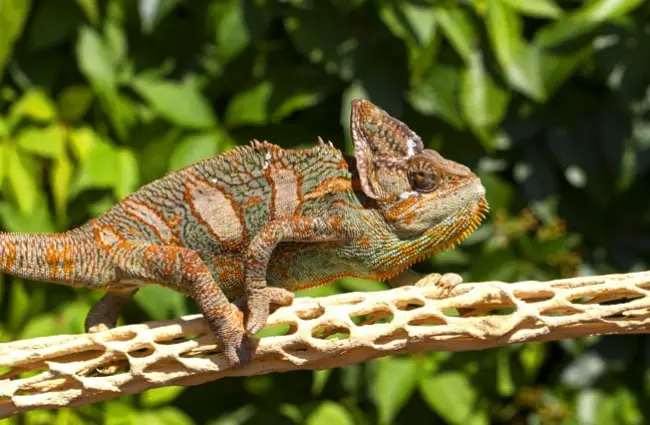
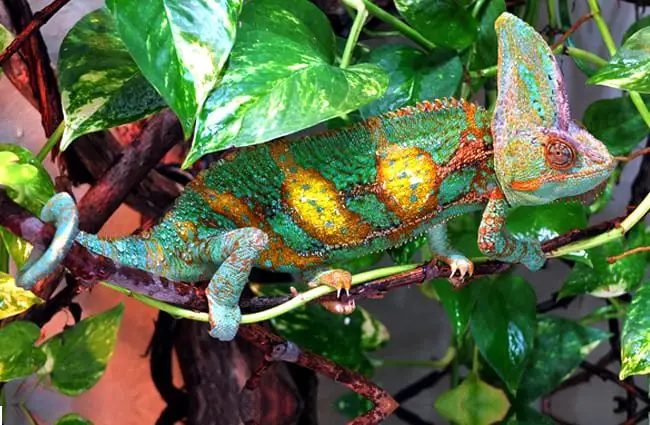
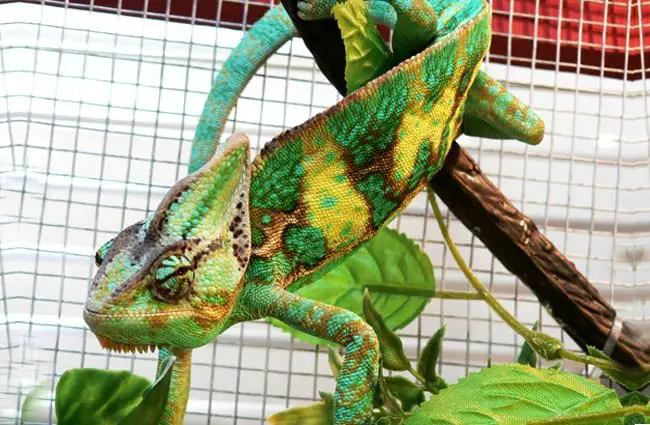

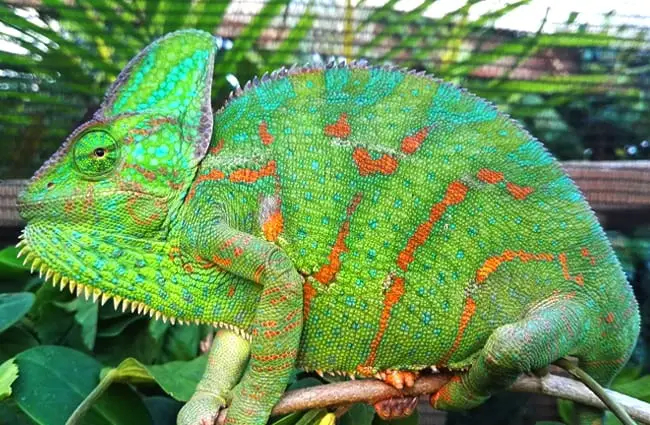

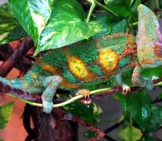
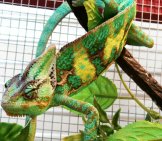
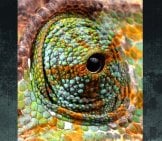
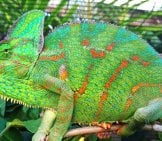
![Red Angus Closeup of a beautiful Red Angus cowPhoto by: U.S. Department of Agriculture [pubic domain]https://creativecommons.org/licenses/by/2.0/](https://animals.net/wp-content/uploads/2020/03/Red-Angus-4-238x178.jpg)












![Red Angus Closeup of a beautiful Red Angus cowPhoto by: U.S. Department of Agriculture [pubic domain]https://creativecommons.org/licenses/by/2.0/](https://animals.net/wp-content/uploads/2020/03/Red-Angus-4-100x75.jpg)

